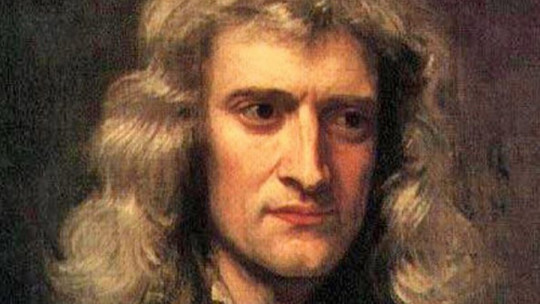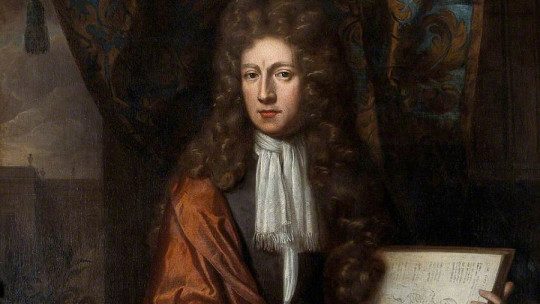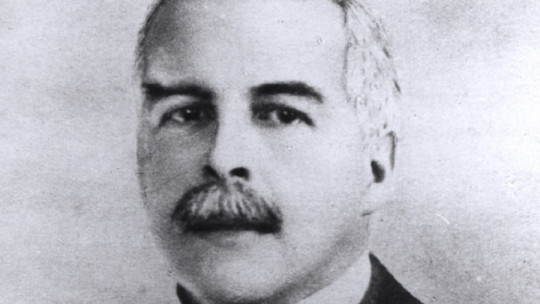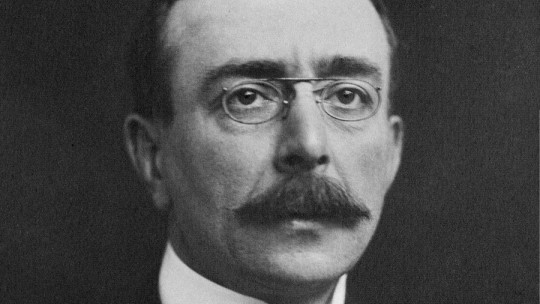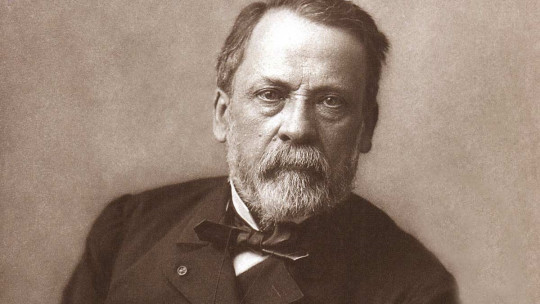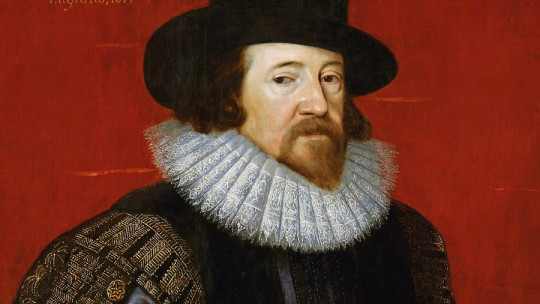Robert Hooke is the scientist who coined the concept of “cell”, whose contributions throughout his career as a scientist were fundamental in the development of biology and physics.
Likewise, Hooke had a prolific career developed in other very disparate fields (horology or chronometry, microscopy, astronomy, medicine, nautical and architecture), which is why he has been nicknamed “the English Leonardo da Vinci.”
However, despite having made great scientific contributions, he did not receive much recognition. In addition, he had a strong confrontation with Isaac Newton that has been very popular.
In this biography of Robert Hooke we will review the life of this researcher as well as an explanation of his most important discoveries.
Brief biography of Robert Hooke
Robert Hooke was born on July 18, 1635 on the Isle of Wight , the largest island in England. Son of Cecily Gyles and John Hooke, an Anglican clergyman who dedicated himself to teaching his son because he could not enroll him in a school due to lack of financial resources.
His father died when he was only 13 years old. Having lost his father at such a young age, he immediately had to go to work.
His first job was as an assistant to a portrait painter Very popular at the time on the Isle of Wight, although he complained that the oils and varnishes they used caused irritation in his chest area, so he left the job.
Early years: Westminster School
After leaving his job, Hooke began studying at the Westminster School, a very important school located in London. There he attended all kinds of meetings on science and philosophy, among other areas of great interest to him.
At Westminster School he was an outstanding student, so at the age of 18 he obtained a scholarship as a chorister at Christ Church College in Oxford , which is the church of the Diocese of Oxford, belonging to the University of Oxford. There he had the opportunity to receive a good academic training and, since he was a scholarship student, he also had to help with household chores.
During those years he focused on developing himself academically to be able to earn a living and thus have a better future, starting as an assistant in a laboratory, where he soon stood out for a series of discoveries he made. That’s when his passion for science began to develop, becoming interested in a wide variety of scientific work It was then that he met the members who formed the Royal Society, who supported him in his scientific career.
His time at the Royal Society
The Royal Society of London is the oldest society of scientists in the United Kingdom, whose official foundation dates back to 1662. However, years before the founding scientists already held regular meetings. Robert hooke He was part of this society for 40 years, beginning as an assistant to the philosopher, chemist, physicist and inventor Robert Boyle
The first important work he carried out as Boyle’s assistant was the development of an air pump that was used to compress air and produce a vacuum. This pump served Boyle to conclude his experiment on the formulation of the gas law (Boyle’s Law), whose main postulate is that the volume of a gas is inversely proportional to the pressure it has.
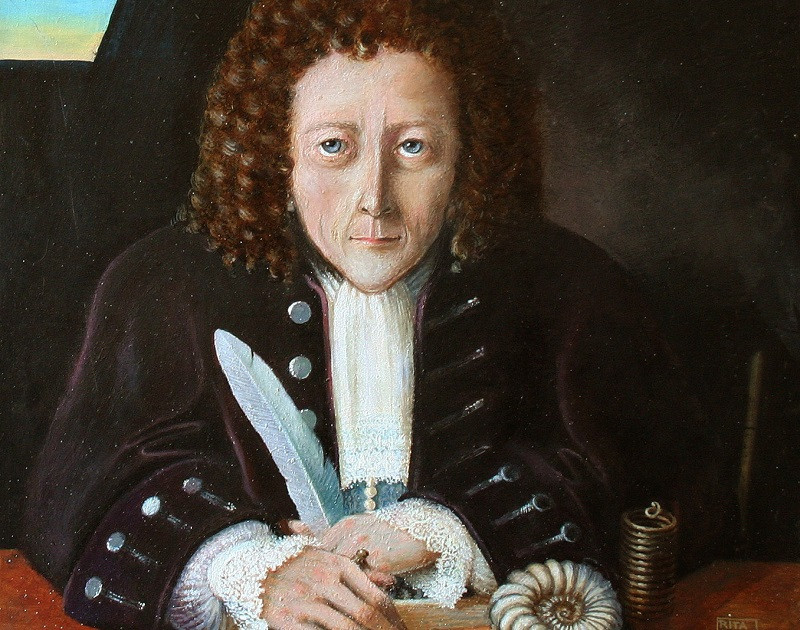
Contributions to science by Robert Hooke
In addition to the work he did as Boyle’s assistant, Hooke made great discoveries, among which those explained below stand out.
1. Law of elasticity
During his time working as Boyle’s assistant, Hooke developed the theory that has been called “Hooke’s Law.” This law was postulated with the objective of explaining that When a spring is stretched, its elongation is directly proportional to the modulus of force with which it is carried out
This theory gave rise to various scientific studies that today allow various predictions to be made in the field of engineering and physics, such as, for example, when designing a bridge, the effect it will have on the weight of vehicles can be calculated. when traveling through it and in this way knowing the materials to build the bridge that will be necessary in order to support said load.
2. Capillarity
In his work published in 1665 under the name “Micrography” (Micrographia in its Spanish translation), Hooke explains his discoveries about capillarity and explains that when the water and the rest of the fluids came out through narrow glass tubes, the height to which the water reached was directly related to the diameter of the tube through which it passed. Furthermore, this work became a scientific Best Seller, being the first in history, and it was also the first to show drawings of images captured with optical microscopy.
3. Cell theory and cells
With the use of the microscope, Hooke He observed that in the sheet there were a series of small cavities in the shape of a polyhedron , quite similar to a honeycomb. Then he baptized each of these cavities with the name “cell”, without knowing the great relevance that these cavities had in the constitution of living beings, and that what he was actually seeing were dead plant cells.
Thanks to this observation, a few years later, the composition of the tissue of living beings was discovered and it also served to postulate a theory about the organization of cells.
4. Theory of the movement of the planets
Robert Hooke investigated for years the theory of planetary motion starting from a mechanics problem and also investigated the law of universal gravitation
His work in this field was what sparked his rivalry with Newton because the latter was the one who managed to publish the mathematical proof necessary to prove it.
On the other hand, there are sources that reveal that Hooke investigated the ellipse-shaped movement of the Earth around the Sun
5. Inventions
Hooke was also a prolific inventor. Among his inventions it is worth highlighting the instruments he designed to record changes in weather conditions : an alcohol thermometer, a dial barometer, an improved chronometer, anemometer, a hygrometer watch, and a watch that automatically recorded the readings of meteorological instruments.
Confrontation with Isaac Newton
Robert Hooke and Isaac Newton had a long battle of egos to be the most brilliant scientific mind of their time , being a very even rivalry while Hooke lived; However, after his death Newton continued his scientific work with considerable progress, which is why he ended up achieving greater recognition than Hooke.
The rivalry between the two arose as a result of a publication by Newton in 1687 titled “Philosophiæ naturalis principia mathematica” (Mathematical principles of natural philosophy), where he spoke of the law of universal gravitation, because they had already been researching that scientific idea for years. several scientists, with Hooke’s contributions during the 1670s being key in its development. However, Newton was the one who managed to create the rigorous mathematical proof to demonstrate it.
The point is that years ago Hooke and Newton had maintained a long correspondence relationship in which they talked about all kinds of topics. So, After Newton had published his theory of the law of gravity, Hooke became angry because he said that he was the one who had given Newton the idea through the letters I wrote to him; while Newton denied that it was Hooke who had given him the idea. The only thing Newton admitted was that Hooke, through his letters, sparked his interest in astronomy.
They also had a fairly similar dispute based on the “Corpuscular Theory” published by Newton, in which he stated that light was composed of very small particles that moved in straight lines.
Leaving aside the conflicts that Robert Hooke had with Isaac Newton, there is no doubt that he was a great scientist with a brilliant mind, being a very representative figure of experimental science, being considered one of the fathers of microscopy, physics and scientific dissemination, which is why his figure has continued to be remembered to this day.


